World 🢖 North America 🢖 Mexico 🢖 Yucatán
Prehistoric cave and rock paintings 🢔 Petroglyphs and rock art 🢔 Archaeological wonders 🢔 Categories of wonders
Wonder
Loltun Cave
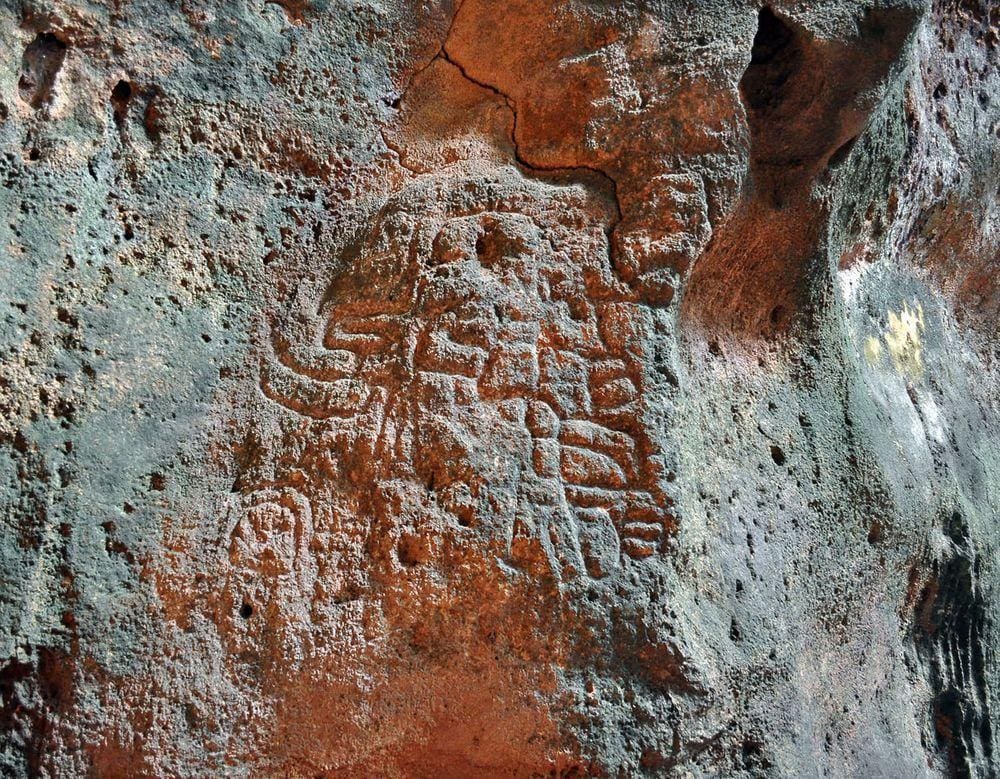
 In short
In short
The enormous Loltun Cave in Yucatan is a well-known tourist destination. It has lots of values: here have been found bones of extinct animals, ancient people have created art in the cave. Loltun Cave has served as a religious site of rituals and also as a shelter during rough times.
 46.3%
46.3%
GPS coordinates
Location, address
Name in Spanish
Length
Map of the site
If you see this after your page is loaded completely, leafletJS files are missing.
 In detail
In detail
The name of the cave is Yucatec Mayan: “lol” is “flower” and “tun” – “stone”. Most likely the name comes from the floral motives used in several cave petroglyphs and bas-reliefs.
Loltun Cave has formed in the Miocene limestone of Puuc Hills and is one of the largest show-caves in Yucatan. It has two main entrances at each end and the length of the cave in between is around 2 kilometers. The entrance is named Nahcab, but the exit: Loltún. The cave is rather deep – visitors have to descend for more than 40 meters, it has several large cave rooms and is rich with cave formations: stalactites and stalagmites. As in every show cave, locals and the tourism industry have given names to many of these formations and cave rooms.
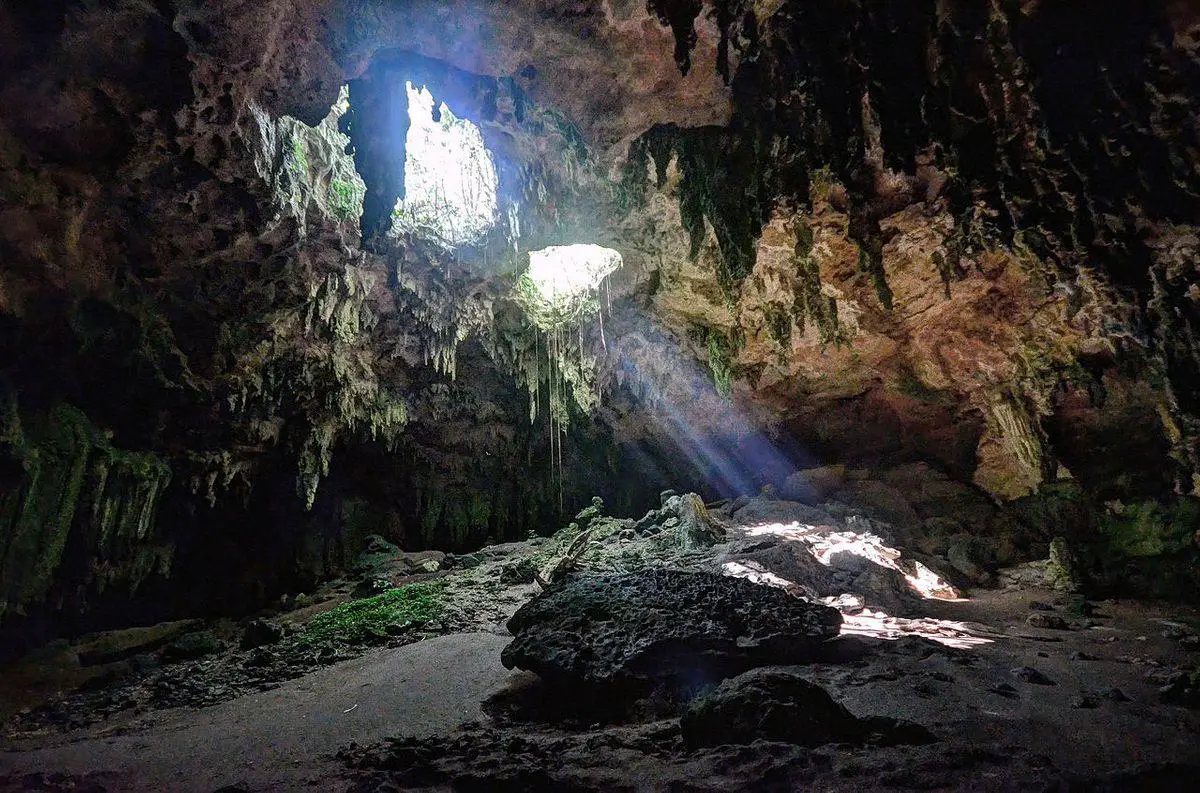
A special feature is “musical columns” – stalactites and stalagmites that can be “played” like a giant marimba. Visitors pay the entrance fee and are accompanied by local guides of diverse communication skills and attitudes. This is a fairly remote rural area, not reached by mass tourism.
Bones of animals
Scientists have made valuable finds in a cave room named Huechil. Here the sediments preserved remnants of 68 species of animals, seven of them – extinct. (1) These bones are 30,000 – 500 years old. The oldest ones were left here during a colder climatic period.
One of the most interesting finds here is a cache of wooly mammoth bones – most likely these bones were brought here by prehistoric hunters, long after the death of these animals. Hunters have brought here also the bones of bison, deer, extinct mastodons, and camels. One more interesting detail is a find of a horse – the elusive Mexican horse (Equus conversidens). Scientists still discuss whether this extinct horse species existed or these were smaller horses of another species. The find in Loltun Cave hints at another interesting possibility: maybe these horses survived until the coming of people?
Bats of at least 15 species live in caves up to this day.
Human history of Loltuin Cave
Early history
The finds of human activity in Loltun Cave are the oldest known in Yucatan: it is possible that people here camped around 9000 BC. They were nomads who made temporary camps and this large cave definitely was a good place to stay.
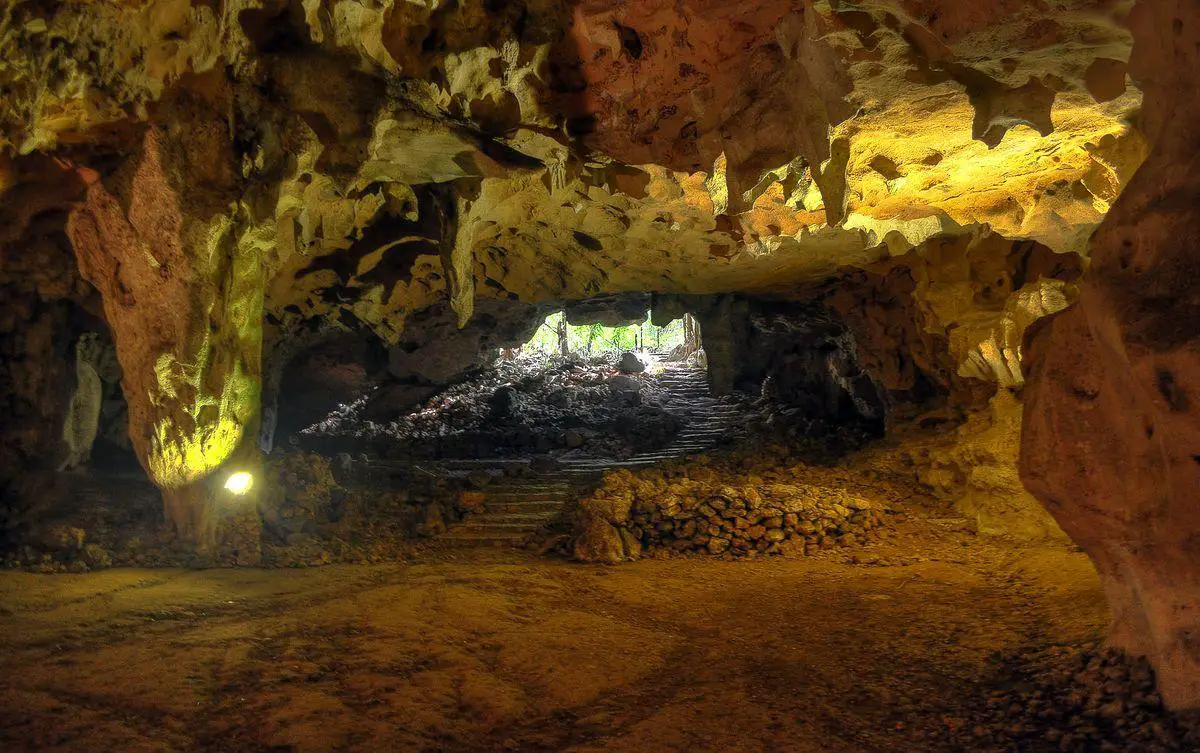
Step by step the habits changed and around 1500 BC people started to live here for long time periods. Most likely in these times, part of the people was sedentary and part still were nomads. Agriculture evolved step by step and in the sediments appear also shards of ceramics. Local people could have contact with the Olmec civilization.
Maya civilization
Step by step Maya civilization evolved. At first, the major centers were further south but also closer to Loltun Cave the first cities, e.g. Dzibilchaltún started to develop around 800 BC.
Research shows that step by step more and more people moved to cities: but a group of people continued to live in Loltun Cave long after the development of cities, until around 300 BC (these dates are very approximate!).
For some centuries cave served as a location to mine the clay for ceramics and to obtain water.
Around 1050 AD the approach of humans was strictly limited. It is possible that by this time the cave became a ceremonial site that was available to a few priests.
The conquest of Yucatan by Europeans was fierce and long. Maya managed to push back as recently as in the 19th century when in this area for some decades existed independent Maya state. Mexico step by step regained control over these lands until the 1930ies. In these harsh times, people returned to Loltun Cave: families hid from the war in the cave and there were built simple fortifications inside the cave.
Explorer Teobert Maler apprehended the archaeological importance of the cave in 1886 and scientists have returned to the cave on a regular basis. More thorough archaeological research was made in 1977-1981.
Petroglyphs and bas-reliefs
Researchers have found in the cave 145 paintings and 4 petroglyphs.
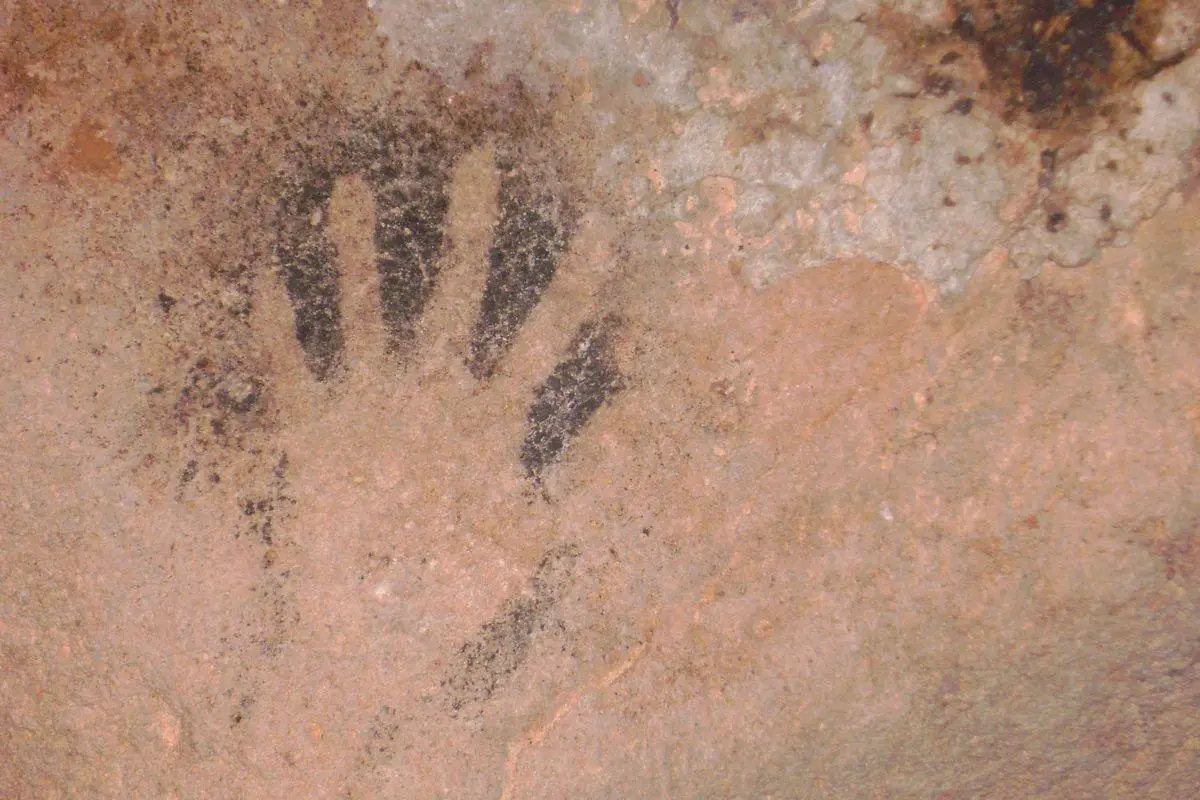
Paintings are diverse: e.g. some 90 handprints, seven black human faces, symbols. Ochre figures of humans in the third cave chamber – the Hall of Inscriptions – most likely, have been made by some of the first inhabitants of the cave millennia ago. In the seventh cave room are at least four black paintings of human heads from around 340 AD. These drawings are large – some heads are more than one meter high. Most likely, these drawings show death god. (2)
Etchings and bas-reliefs show animals, plants, symbols. The best known and most impressive bas-relief is the “Warrior of Loltún” or “Loltun Relief”. It is located at the Nahcab entrance and is one of the oldest sculptures in Yucatan. Artists made it around 100 AD and the bas-relief shows a warrior with a richly adorned dress, headdress, belt. Next to him is a row of Mayan hieroglyphs.
References
- Joaquin Arroyo-Cabrales and Ticul Alvarez. A Preliminary Report of the Late Quaternary Mammal Fauna from Loltún Cave, Yucatán, Mexico. Ice Age Cave Faunas of North America. Edited by Blaine W. Schubert, Jim I. Mead, and Russell Wm. Graham. 2003. ISBN: 978-0-253-34268-3
- Andrea Stone. Regional Variation in Maya Cave Art. Journal of Cave and Karst Studies 59(1):33-42.
 Linked articles
Linked articles
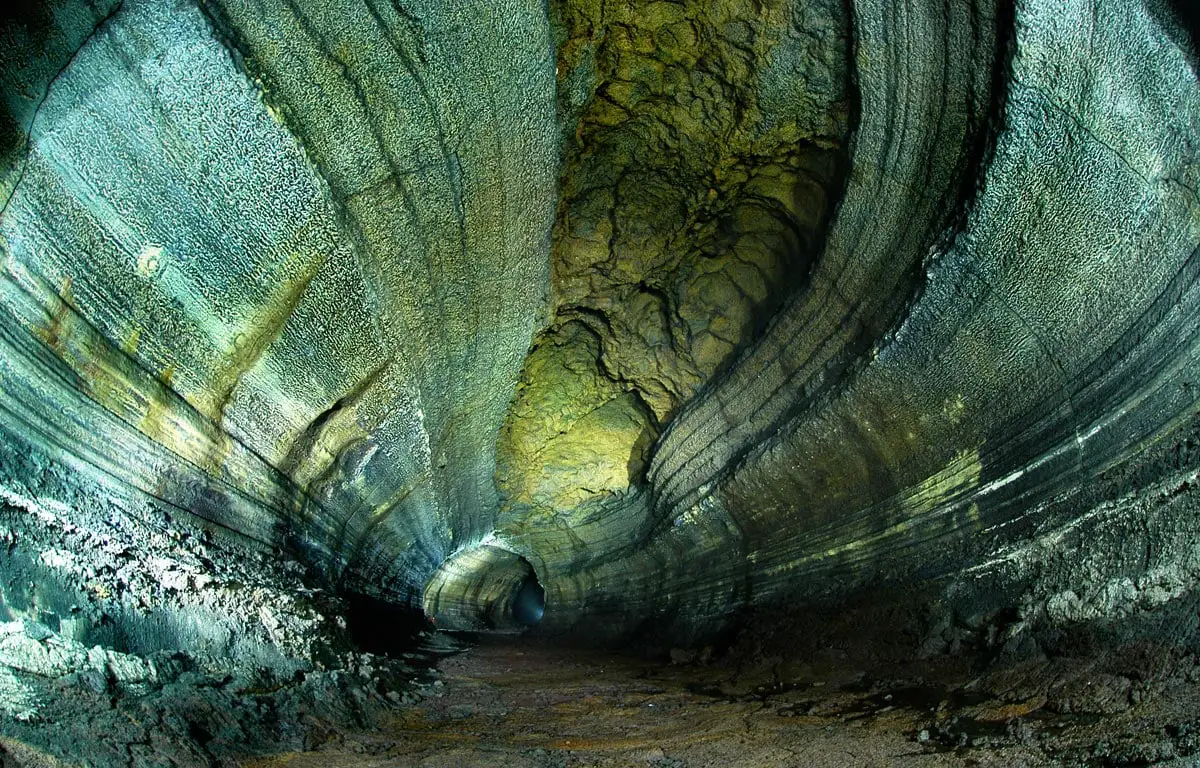
Caves
Every year there are reported exciting discoveries of new caves and discoveries of new qualities such as cave paintings in the ones known before. But there still is a feeling that our knowledge covers just a small part of all these monuments of nature.
Though, those which are known to us, offer a surprising diversity of unusual features and impressive sights.
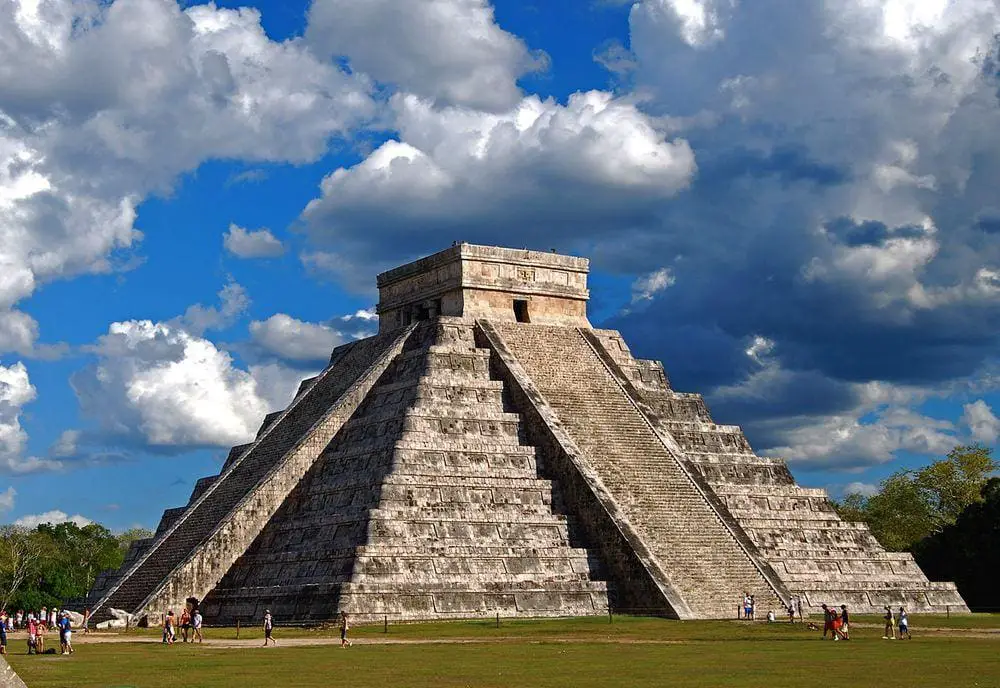
Wonders of Mexico
Few countries in the world can offer such an array of unique and astounding attractions as Mexico.
The area of this country was the cradle of several highly developed indigenous civilizations and some regions in the country are dotted with remnants of ancient cities with temples, palaces, and pyramids.
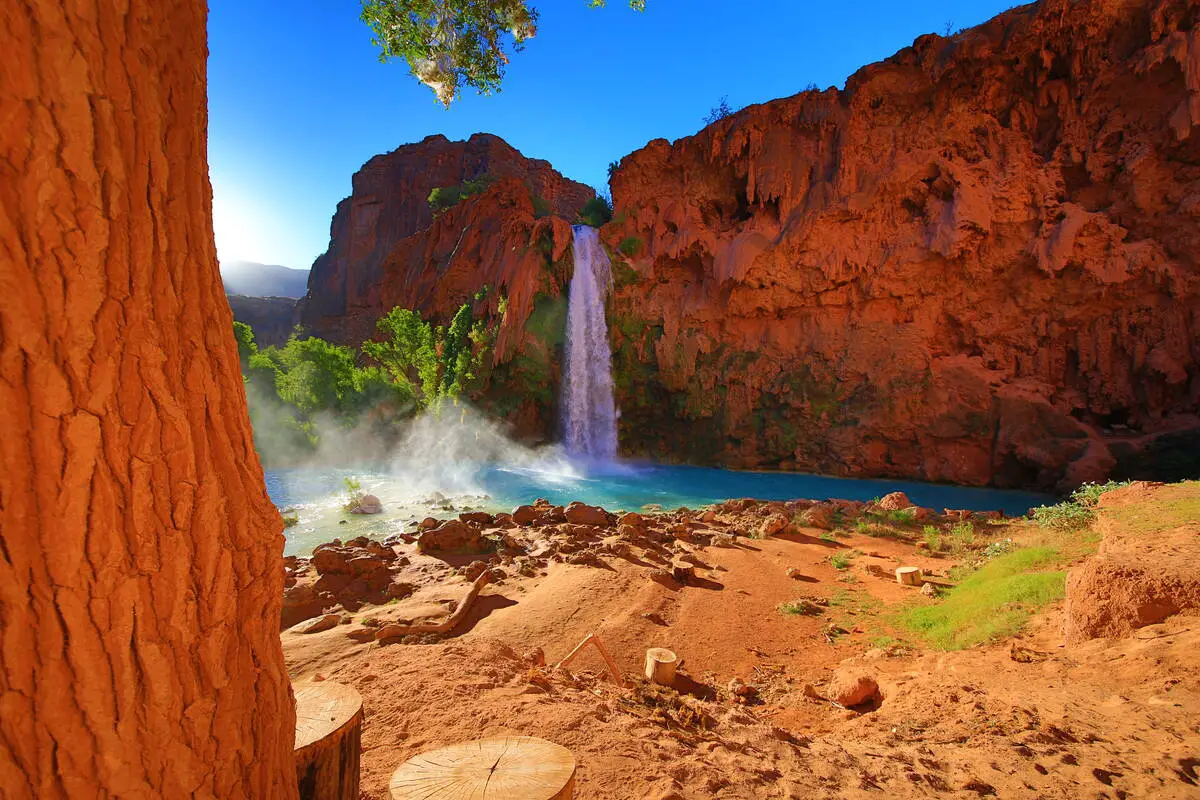
Wonders of North America
North America is a very diverse continent that extends from the northernmost land of the world to the moist tropical wilderness of Darien Gap. The most amazing wonders of North America are the prehistoric monuments of Mesoamerica, the geysers of Yellowstone, and colonial architecture.
 Recommended books
Recommended books
Maya Cities and Sacred Caves
Maya Cities and Sacred Caves: A Guide to the Maya Sites of Belize, is a beautifully illustrated book that will appeal to students, visitors, and anyone interested in learning about the wonders and achievements of ancient Maya civilization. This introduction to the history and culture of the Maya and their predecessors presents a fascinating overview of how climatic events, trade, and warfare influenced these early peoples. The book also contains a descriptive chronology of Mesoamerica from Paleo-Indian times to the aftermath of the Spanish conquest.
Moon Yucatán Peninsula
Experience stunning Maya ruins, dreamy beaches, and epic outdoor thrills, from cenote-diving to kiteboarding, with Moon Yucatán Peninsula.


